Fisher Transform
The attached efs is a variation of the Fisher.efs posted earlier in this thread and is configured to compute the indicator using any one of the studies listed in the Study parameter that can be accessed through Edit Studies (more could be added if required). To change the parameters for any one of the studies just type the new parameters in place of the existing ones.
The efs is also enabled for use with multiple intervals and/or external symbols
eSignal version 7.9 is required to run this efs.
Alex
The attached efs is a variation of the Fisher.efs posted earlier in this thread and is configured to compute the indicator using any one of the studies listed in the Study parameter that can be accessed through Edit Studies (more could be added if required). To change the parameters for any one of the studies just type the new parameters in place of the existing ones.
The efs is also enabled for use with multiple intervals and/or external symbols
eSignal version 7.9 is required to run this efs.
Alex
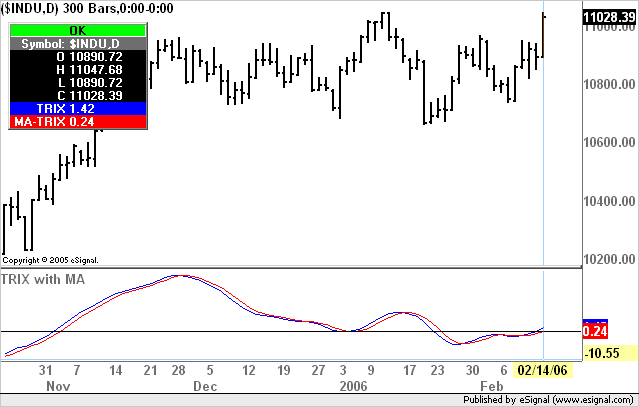
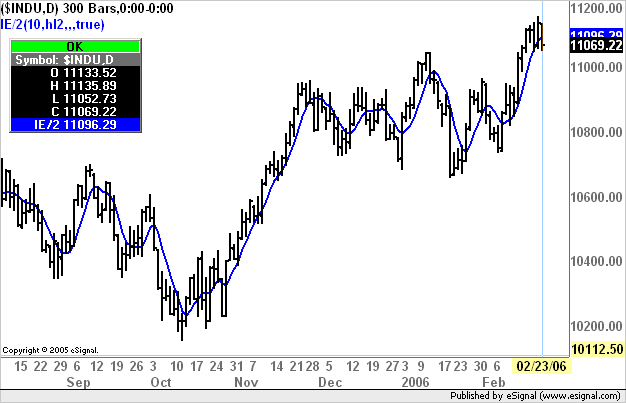
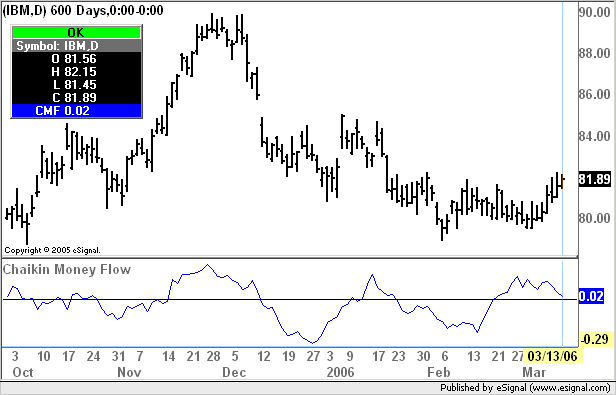
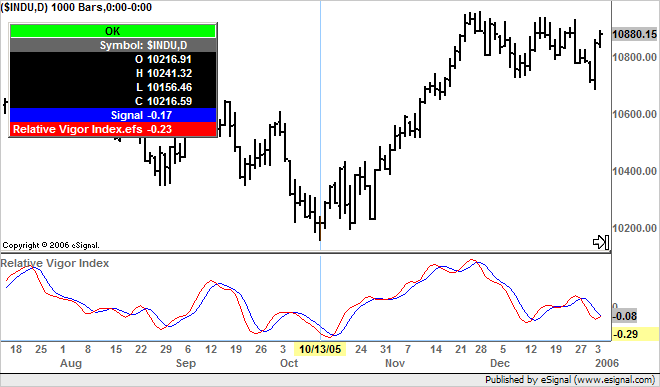
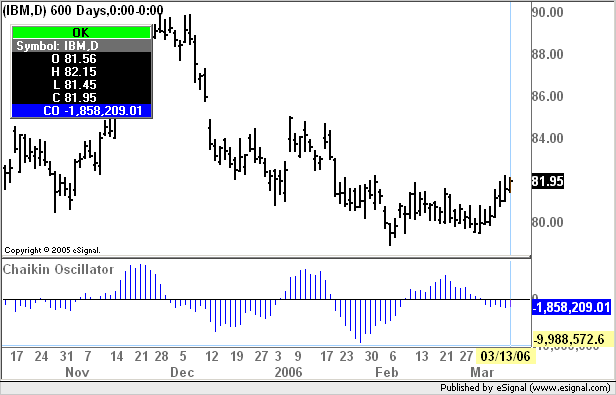
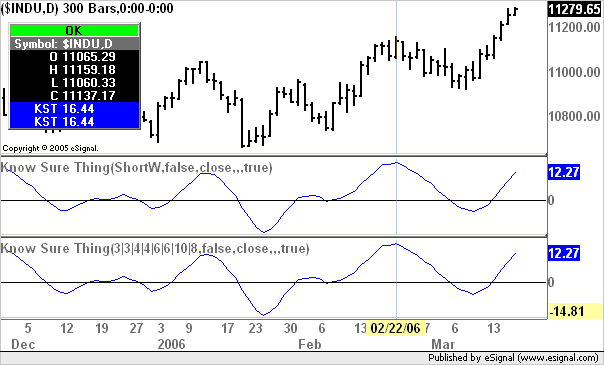
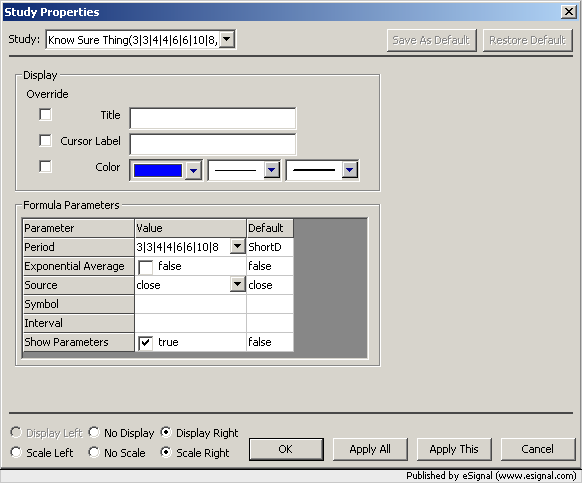
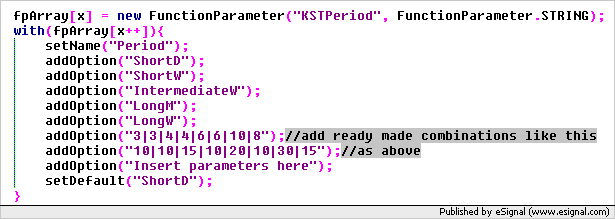
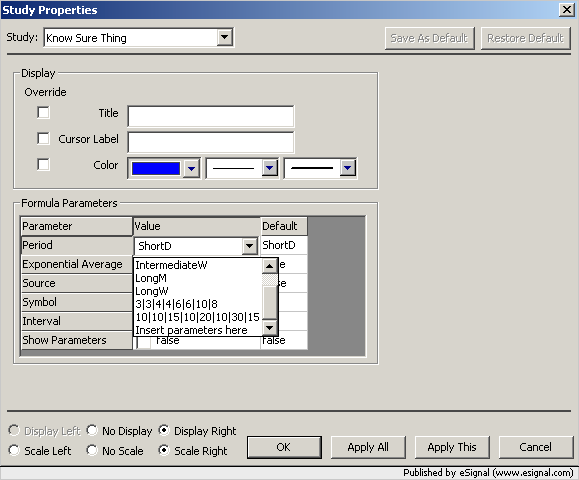
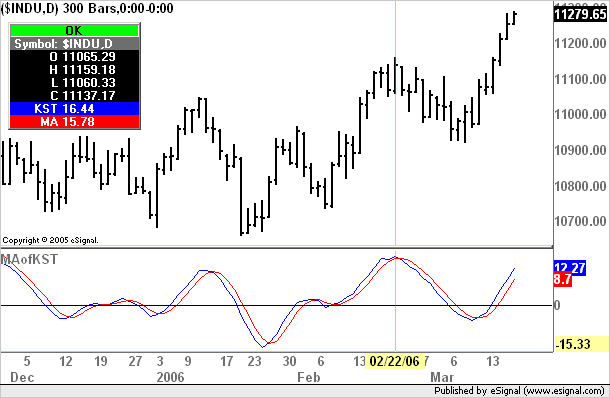
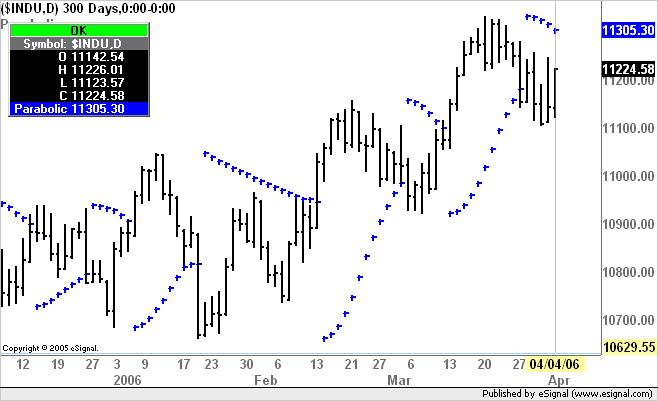
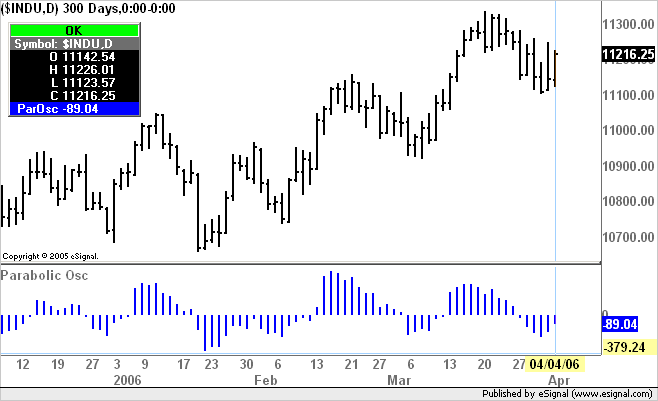

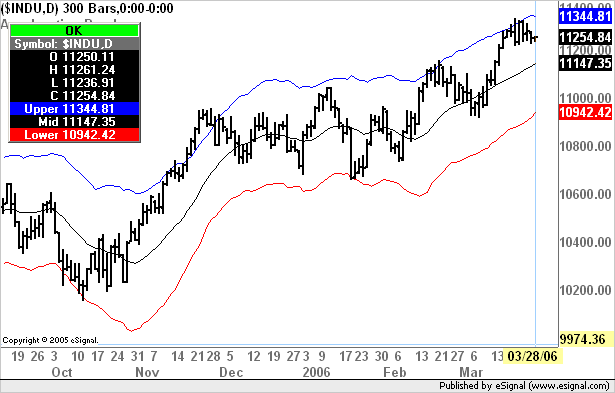
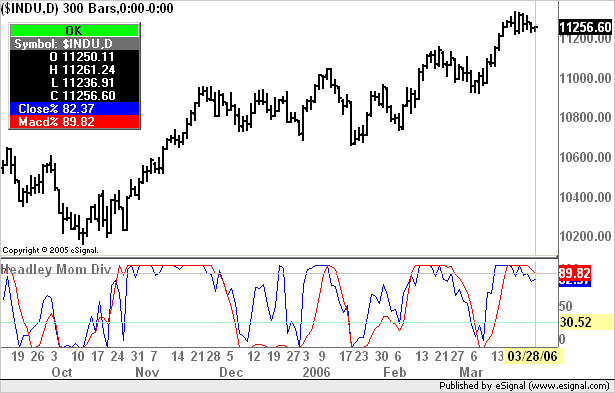
Comment